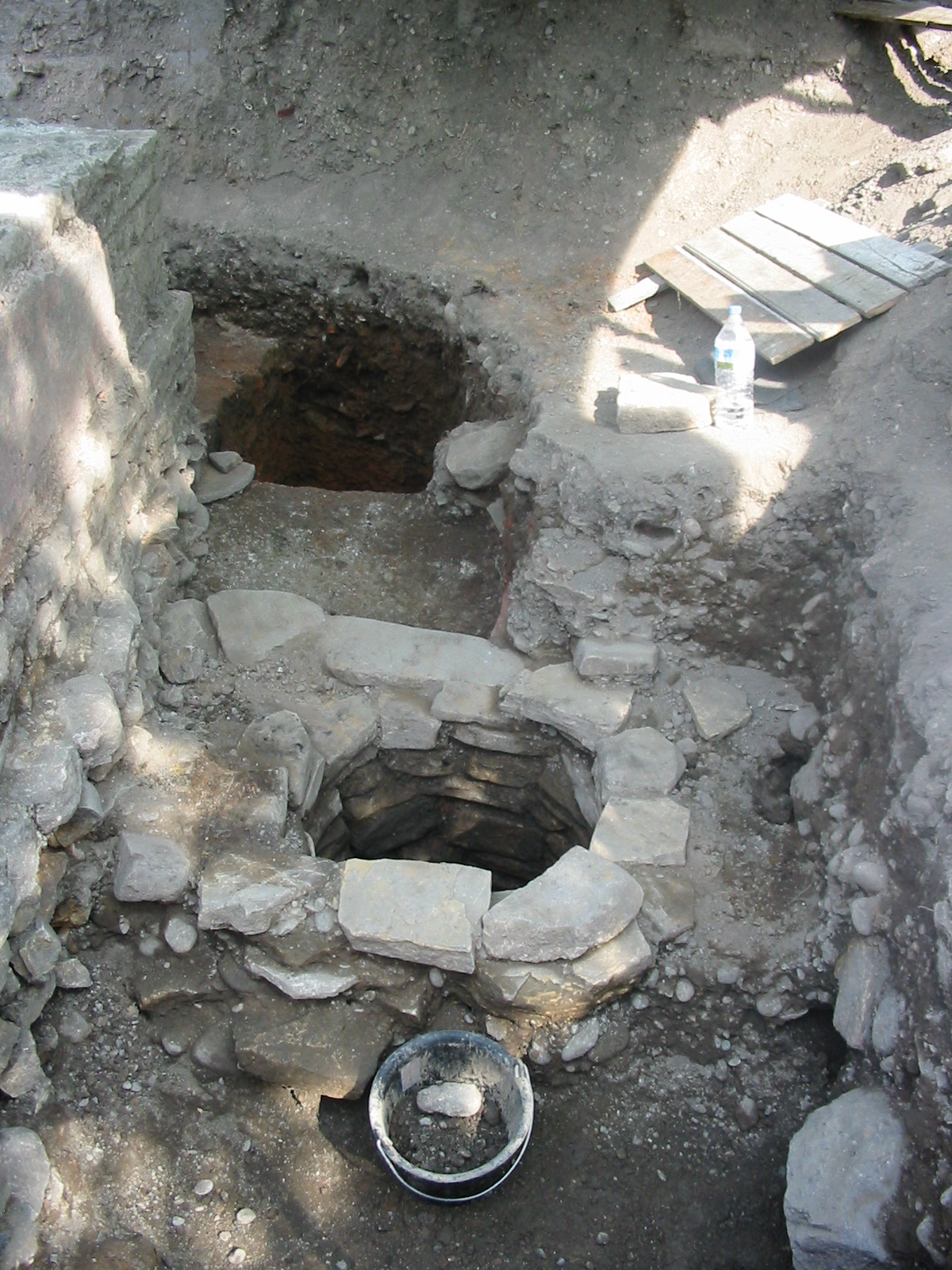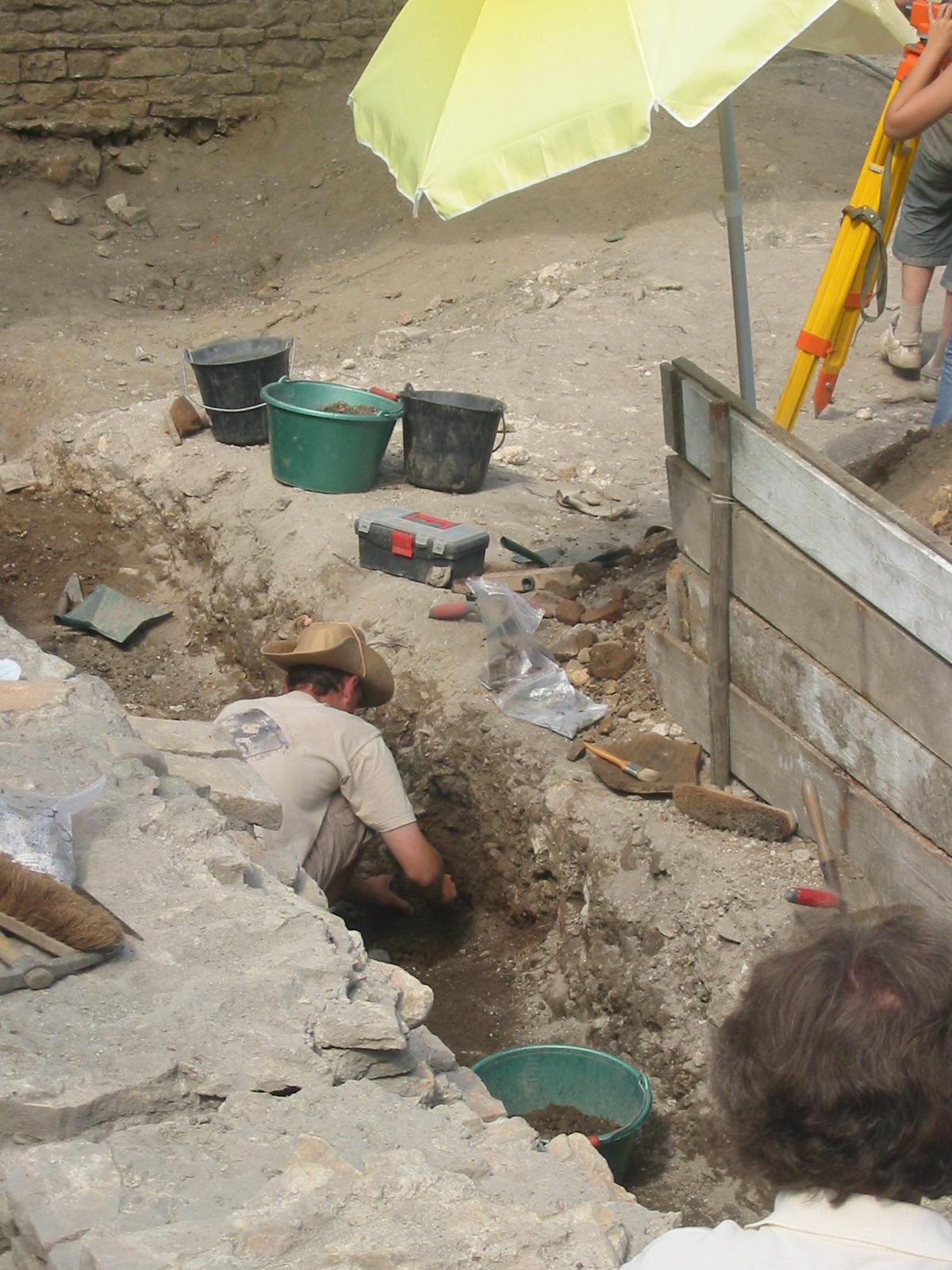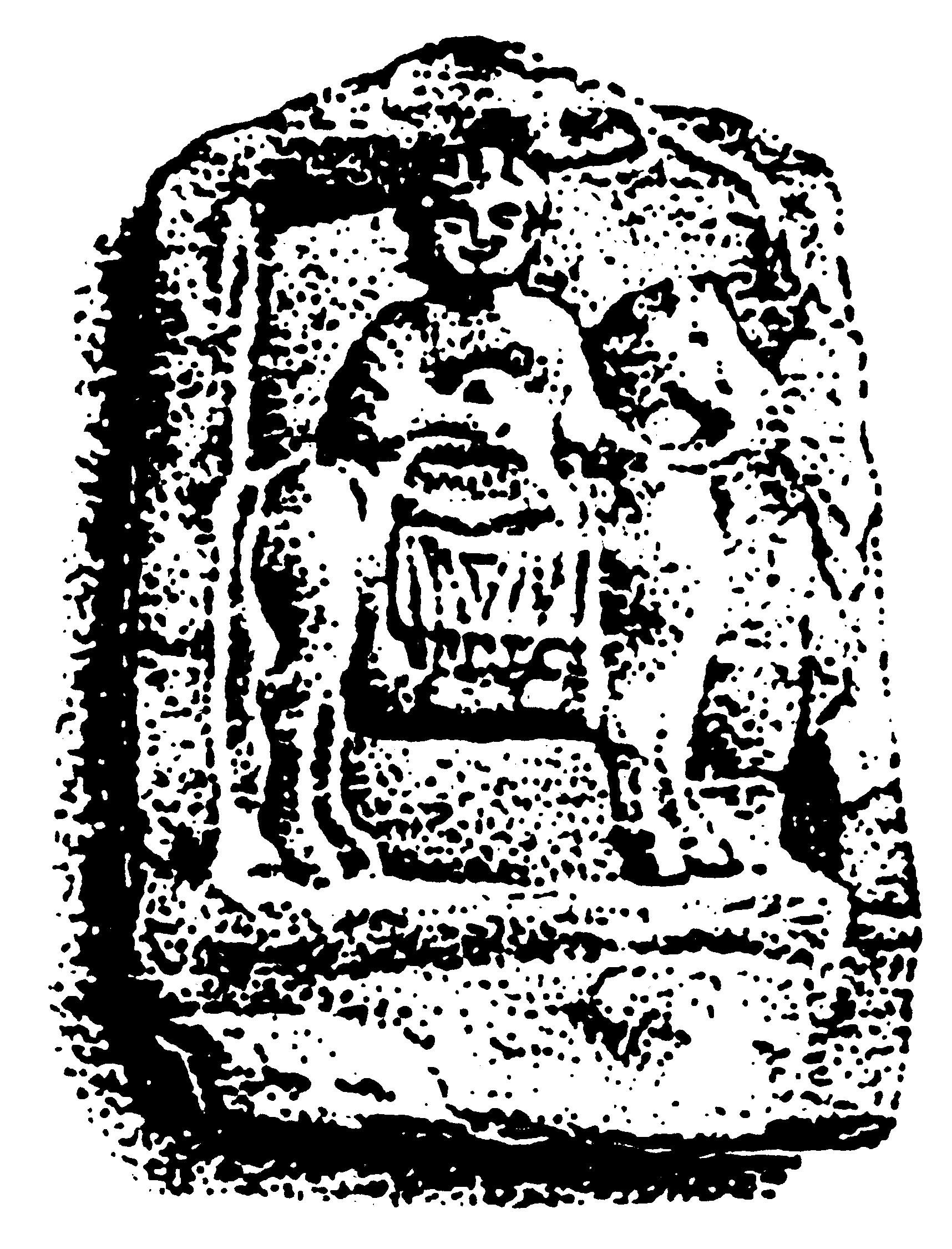The Gallo-Roman Site
(Fuchs and Heinrich 2003)
The Vicus:
<>Horbourg-Wihr is located on a mound: it was protected from flooding from the surrounding rivers like the Ill river. The good quality of the soil was favorable to agriculture; the clay in the basement is an important feature. There are some evidence of pre-roman life based on artifacts dating from the late Bronze Age found in the area. However, there is not enough precise indication about this period (Fuchs and Heinrich 2003).Most of the excavations done on the site of Horbourg-Wihr revealed the remains of important activities during the 1st, 2nd and 4th centuries. The first Roman establishment in Horbourg-Wihr dated from the beginning of the 1st century. It was a civilian town, or Vicus, that spanned on a surface of 50 ha. We do not know how many people lived in this place and who they were. However, we have some indications about the economical and artisanal activities; The discovery of a poter kiln and potery indicated the importance of this occupation. Agriculture must have been another important activity, but few evidences persist. A bas-relief indicated the possible wine-growing (Fuchs and Heinrich 2003).
A period of expansion started at the end of the 1st century. This development is characterized by an intensification of the economical activity underlined by the discovery of a metal workshop and its furnace. The production of ceramic intensified as attested by the discovery of many pieces of pottery. A difference in the quality and the organization of the habitation was also an indicator of this expansion (Fuchs and Heinrich 2003).
At the end of the 2nd century, the activity may have dramatically decreased and less people lived in this area. The reasons might be related to frequent floods caused byclimatic changes and to possible barbaric incursions.
Several Gods and goddesses were worshiped as attested by the Apollo, Victory, and Epona altars excavated. The location of the necropolis, generally located outside the Roman towns has not been possible, even though many tombs have been excavated (Fuchs and Heinrich 2003).


 Epona Goddess
Epona Goddess